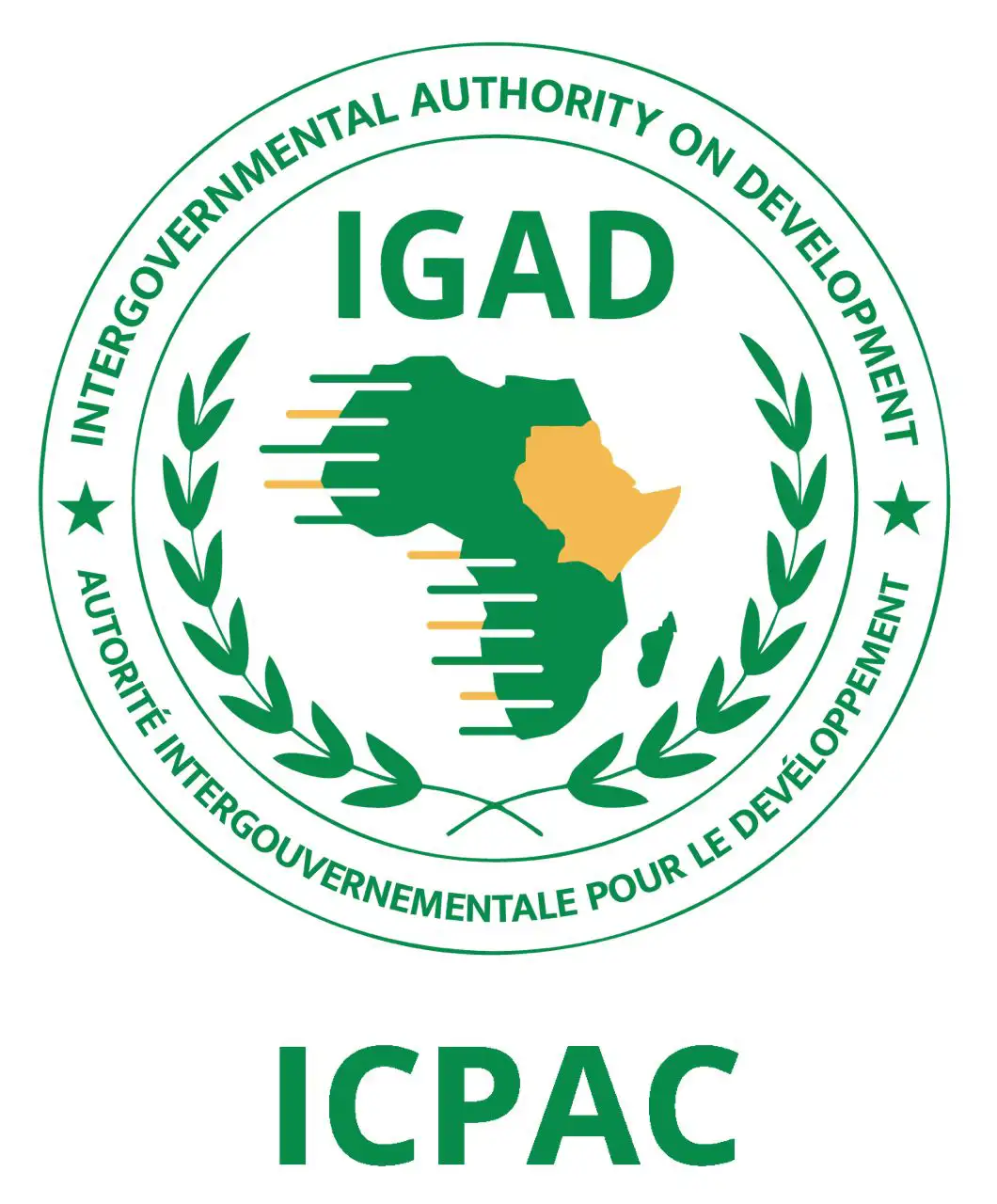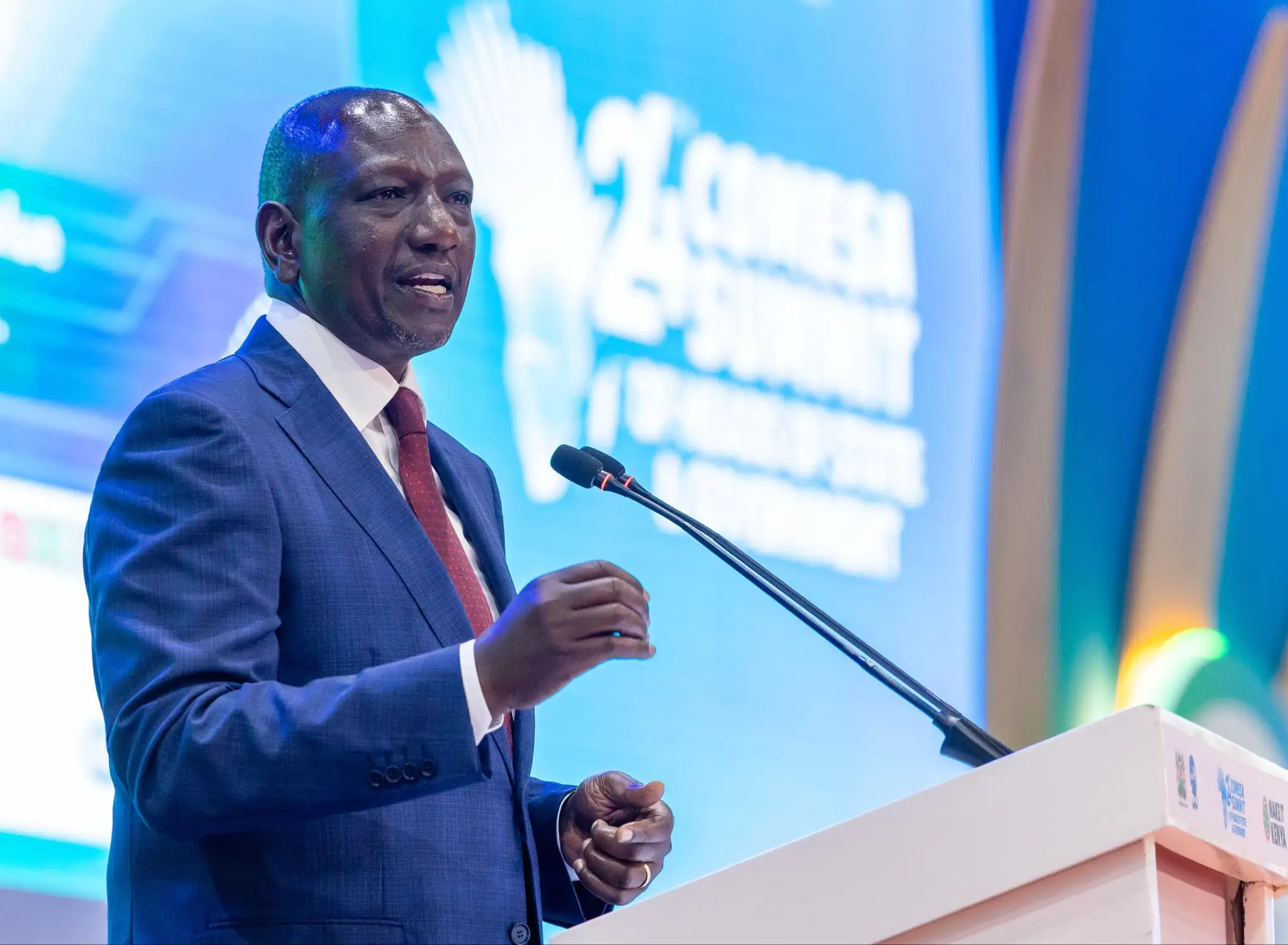East Africa is preparing for a crucial October to December (OND) rainfall season, with forecasts pointing to a mix of challenges and opportunities. The IGAD Climate Prediction and Applications Centre (ICPAC) has released its outlook, highlighting the need for proactive measures in a region known for its climate variability.
The forecast for the upcoming season, which provides up to 70% of the annual rainfall for some areas like Kenya and Somalia, indicates a high probability of below-normal precipitation and warmer-than-average temperatures. This is a call to action for communities, particularly in eastern regions of southern Ethiopia, Somalia, eastern Kenya, and parts of central and southern Tanzania. The prediction emphasizes the importance of planning ahead for agriculture, water management, and public health.
The 71st Greater Horn of Africa Climate Outlook Forum (GHACOF 71), which brought together climate experts and policymakers, underscored the importance of early warning and coordinated action. As IGAD Deputy Executive Secretary Mohamed Ware stated, “The Greater Horn of Africa is at the frontline of the climate crisis. Climate information must reach the last mile, and only through collaboration and early action can we turn forecasts into meaningful messages that drive timely action.” This sentiment was echoed by Kenya’s Cabinet Secretary for Environment, Climate Change and Forestry, Dr. Deborah M. Barasa, who stressed the need for “shared knowledge, timely information, and a united regional approach.”
While some areas are preparing for drier conditions, other regions are anticipating above-normal rainfall. Pockets of southeastern South Sudan, parts of Uganda, northern Somalia, Rwanda, Burundi, and northwestern Tanzania are projected to experience wetter conditions, which could lead to localized flooding and require different preparedness strategies. This diverse forecast highlights the complex and varied nature of climate patterns in the region.
The combination of less rainfall in some areas and higher temperatures across the region necessitates a focus on water conservation and climate-resilient practices. Governments and organizations are being encouraged to prioritize strategies such as improved water management, the use of drought-resistant crops, and robust social safety nets to support communities. Investing in climate-smart agriculture and effective early warning systems is a key step toward building long-term resilience and ensuring communities can adapt to these evolving conditions. As Edward Muriuki, Acting Director of the Kenya Meteorological Department, noted, "Early warning systems save lives only when they reach everyone, including the most vulnerable."




